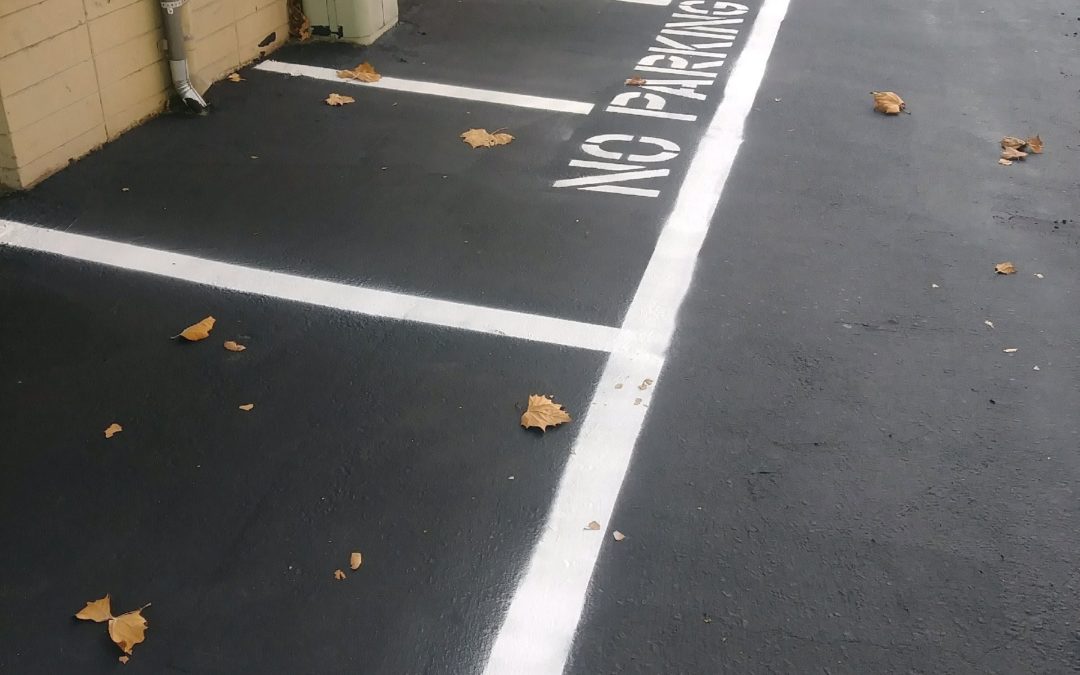Property owners often face challenges in managing vehicular traffic and parking on their premises. Whether it’s a commercial building, residential complex, or private estate, ensuring orderly parking is crucial for safety, accessibility, and overall property management. In this article, we explore the significance of implementing no parking markings on private property and how they empower property owners to exert greater control over vehicle parking.
The Need for Control
Property owners encounter various issues related to parking, including unauthorized parking, congestion, and obstruction of access points. Without proper regulation, these challenges can lead to safety hazards, inconvenience for residents or customers, and potential liabilities for property owners. Therefore, implementing measures to control parking becomes imperative to maintain order and ensure a positive experience for all stakeholders.
The Role of No Parking Markings
No parking markings serve as effective tools for property owners to delineate parking restrictions and enforce regulations on their premises. By strategically placing these markings in designated areas, property owners can communicate parking rules clearly and assert their authority over parking management. Here’s how no parking markings benefit property owners:
Clear Communication
No parking markings provide a visual indication to drivers that parking is prohibited in specific areas. Whether it’s fire lanes, loading docks, pedestrian walkways, or reserved spaces, these markings convey parking restrictions effectively, minimizing confusion and unauthorized parking.
Enhanced Safety
Maintaining clear access routes, fire lanes, and emergency exits is paramount for safety on any property. No parking markings help ensure unobstructed access for emergency vehicles and personnel, reducing response times and mitigating risks during critical situations.
Property Aesthetics
Unregulated parking can detract from the visual appeal of a property and create a cluttered or chaotic environment. By implementing no parking markings, property owners can maintain a neat and organized appearance, enhancing the overall aesthetics of their premises.
Liability Mitigation
Property owners have a duty of care to ensure the safety of individuals on their premises. By enforcing parking regulations through no parking markings, property owners reduce the risk of accidents, injuries, and potential legal liabilities arising from parking-related incidents.
Implementation and Enforcement
To effectively utilize no parking markings on private property, property owners should consider the following steps
Assessment
Identify areas where parking regulations need to be enforced, such as fire lanes, loading zones, pedestrian pathways, and reserved spaces for tenants or customers.
Designation
Clearly mark these areas with appropriate signage and pavement markings indicating no parking zones. Utilize durable materials and visible color contrasts to ensure longevity and visibility of the markings.
Communication
Inform tenants, employees, visitors, and customers about the parking regulations through signage, lease agreements, or property rules and regulations. Educate stakeholders about the importance of compliance for safety and property management.
Enforcement
Implement a consistent enforcement strategy to address violations promptly. This may involve issuing warnings, fines, or towing vehicles in egregious cases of non-compliance.
Conclusion
No parking markings empower property owners to exert greater control over vehicular traffic and parking on their premises. By clearly communicating parking regulations, enhancing safety, and maintaining property aesthetics, these markings contribute to efficient property management and a positive experience for occupants and visitors. Through proactive implementation and enforcement, property owners can create safer, more orderly environments that reflect their commitment to excellence in property management.

